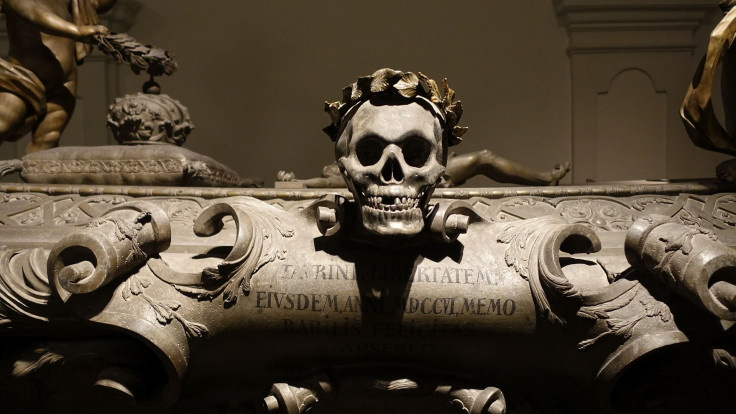A Brief History Of Giving Birth Post Mortem, Also Known As Coffin Birth

The phrase "coffin birth" doesn't really evoke any pleasant imagery. Babies and death are two concepts that no one ever hopes to associate, but sometimes tragedies do occur. Rarer than that, death can cause really weird things to happen — just ask Caitlin Doughty.
In the most recent installment of Doughty's Ask A Mortician, she gives viewers a brief history of coffin birth. The phrase, she says, is formally known as post mortem fetal extrusion; rare, but it can occur 48 to 72 hours following the death of a pregnant woman. As decomposition causes gas to build up in a woman's body, the pressure can push on her uterus so intensely that the fetus is pushed out of, or partially out of the body. The infant, too, is deceased at this point, contrary to some urban legends.
The phenomenon is rarer than ever before though, thanks to modern chemical preservation.
However, it's hard to tell just how many coffin birth cases there have been throughout history. Doughty found the total number of cases has been over reported as a result of a lack of medical understanding or using inferences to make false assumptions. A recent example Doughty gives is the Laci Peterson case; she and her unborn fetus were found in a bay, prompting many to believe she gave birth post mortem.
Yet, a medical examination revealed Peterson's stomach had ruptured, which caused her internal organs, including the fetus to release into the bay her body was found, Doughty explained.
What else is there to know about coffin birth? Check out Doughty's video below.
Published by Medicaldaily.com



























